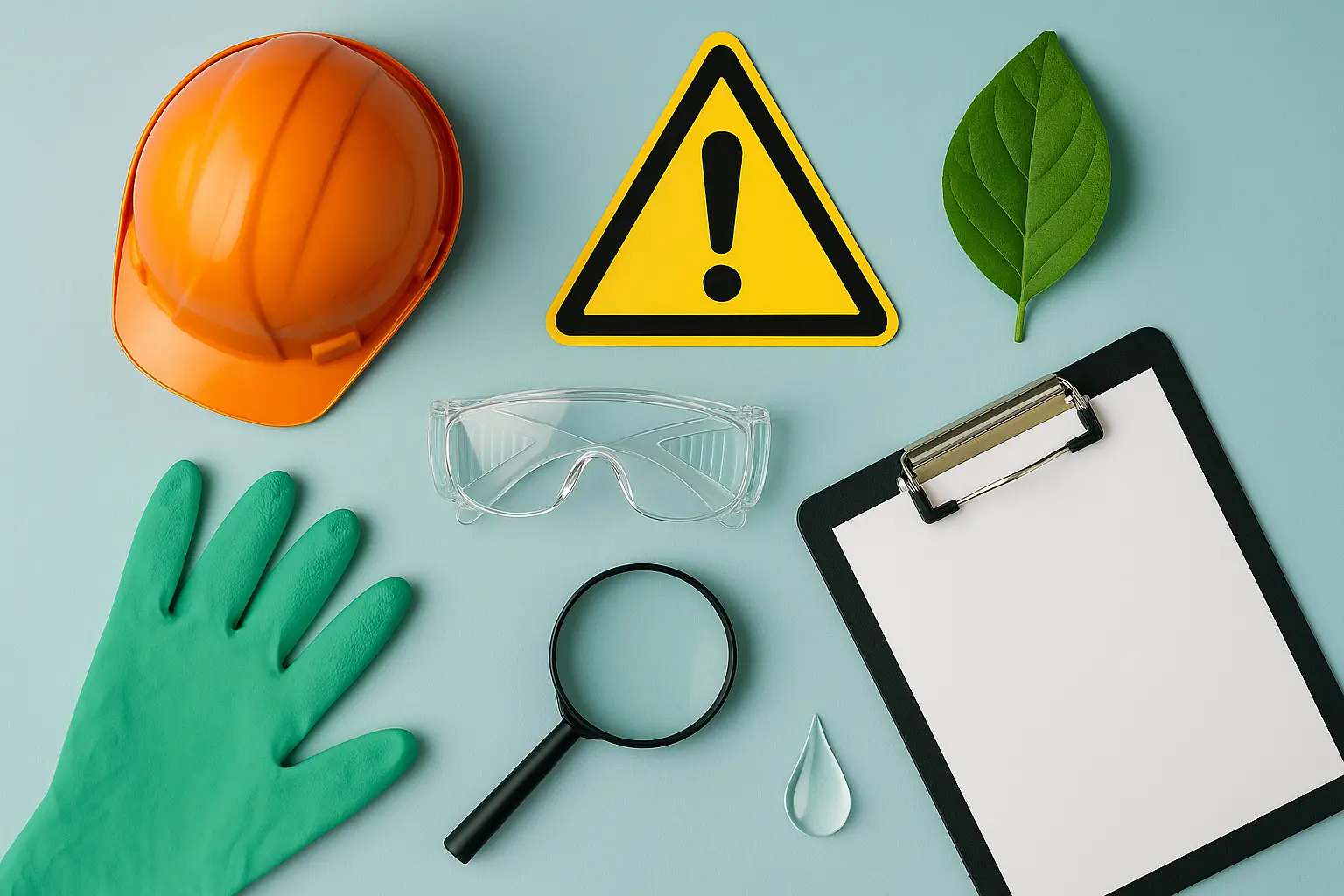Occupational Risk Management Certification
In today’s rapidly evolving world of work, occupational risk management (ORM) is a critical component for ensuring both the health and safety of employees as well as compliance with environmental regulations. Occupational Risk Management Certification provides a structured approach to identifying, evaluating, and controlling risks in the workplace. This certification helps organizations understand their unique operational challenges, mitigate potential hazards, and implement effective risk management strategies.
The process of obtaining ORM Certification involves several key steps, including hazard identification, risk assessment, control measures implementation, and continuous monitoring. Organizations that pursue this certification are typically those with complex operations where multiple risks must be managed simultaneously, such as manufacturing plants, construction sites, or chemical processing facilities. The ultimate goal is to create a safer working environment by reducing the likelihood of accidents and injuries.
ORM Certification is not just about compliance; it’s also about fostering a culture of safety within an organization. By investing in this certification, companies demonstrate their commitment to protecting workers from potential harm and ensuring that all activities are conducted safely and efficiently. This commitment can lead to improved productivity, reduced insurance premiums, enhanced reputation, and greater employee satisfaction.
The benefits extend beyond the immediate workplace; ORM Certification also supports broader organizational goals such as sustainability, cost reduction, and operational excellence. For instance, by identifying hazards early on, organizations can avoid costly disruptions and preventable injuries, thereby saving money in the long run. Additionally, an emphasis on safety can contribute positively to a company’s brand image, attracting more customers and stakeholders who value responsible practices.
However, achieving ORM Certification requires significant effort and resources from various departments within an organization, including HR, Safety, Legal, and Management. It involves thorough review of existing processes, identification of gaps in current risk management practices, and development of new policies and procedures where necessary. Regular audits are conducted to ensure ongoing compliance with international standards and best practices.
Given the complexity involved in implementing ORM Certification, many organizations choose to partner with accredited laboratories for assistance during this process. These labs offer expert guidance on best practices, help identify specific risks relevant to each sector or industry, provide training sessions tailored to individual needs, and assist with document preparation required for certification.
| Step | Description |
|---|---|
| Hazard Identification | The first step involves identifying all possible hazards associated with the specific operations being performed. This includes physical, chemical, biological, psychological, and ergonomic risks. |
| Risk Assessment | A quantitative analysis is then conducted to evaluate the likelihood of each identified hazard occurring and its potential impact on health and safety. |
| Control Measures Implementation | Based on the risk assessment results, appropriate control measures are implemented. These could range from engineering controls like installing ventilation systems to administrative controls such as implementing safe work practices. |
| Continuous Monitoring and Review | Finally, ongoing monitoring of these control measures ensures their effectiveness over time. Any changes in working conditions or new risks identified necessitate updates to existing policies and procedures. |
Scope and Methodology
- Hazard Identification: This involves identifying all possible hazards associated with the specific operations being performed. It encompasses physical, chemical, biological, psychological, and ergonomic risks.
- Risk Assessment: A quantitative analysis is conducted to evaluate the likelihood of each identified hazard occurring and its potential impact on health and safety.
- Control Measures Implementation: Based on the risk assessment results, appropriate control measures are implemented. These could include engineering controls like installing ventilation systems as well as administrative controls such as implementing safe work practices.
- Continuous Monitoring and Review: Ongoing monitoring of these control measures ensures their effectiveness over time. Any changes in working conditions or new risks identified necessitate updates to existing policies and procedures.
Customer Impact and Satisfaction
- Improved Safety: By obtaining ORM Certification, organizations significantly reduce the likelihood of workplace accidents and injuries. This leads to higher job satisfaction among employees who feel safer in their working environments.
- Increased Productivity: With fewer disruptions due to injuries or illnesses caused by occupational hazards, companies experience increased productivity levels across all departments.
International Acceptance and Recognition
- ISO 45001 Compliance: The International Organization for Standardization (ISO) has established ISO 45001 as the global standard for occupational health and safety management systems. Organizations certified under this standard demonstrate their commitment to continuous improvement in managing risks related to work-related injuries and illnesses.
- IECQ HSPM Certification: For electronic manufacturers, obtaining IECQ HSPM (Health Safety & Environmental Management) certification indicates compliance with international standards for hazardous substance management. This assures customers that the products are free from harmful substances throughout their lifecycle.





